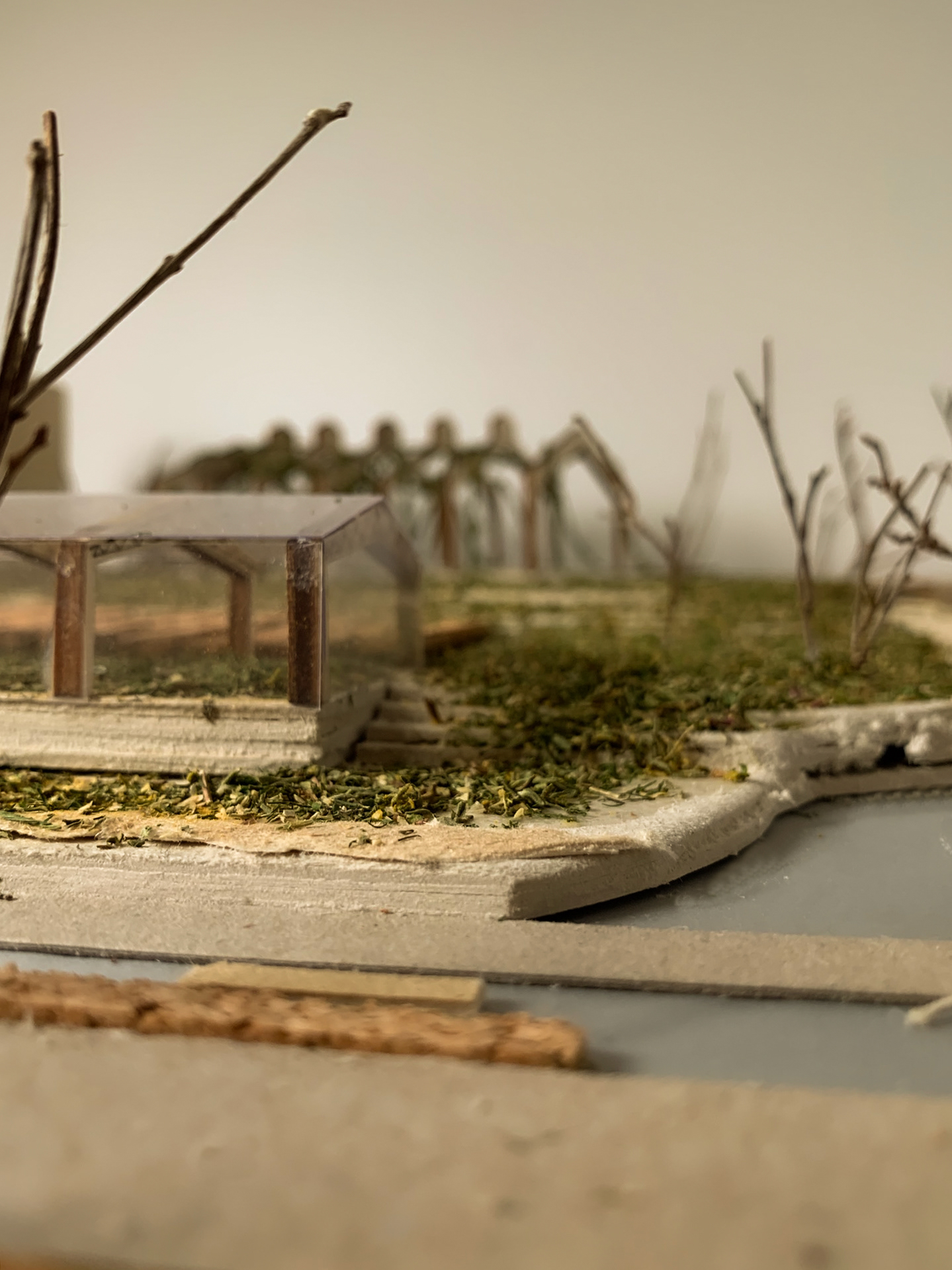Lade is one of the most species rich areas in Trondheim. With a relatively warm local climate, and extensive agriculture, the area has developed a remarkable composed flora. The expansion of Trondheim, has led to dramatic changes in biodiversity over the last fifty years. Lade is also one of the most alien invaded areas in the northern part of Norway.
A coherent green corridor connects the existing well-developed nature surrounding Lade. Lade will no longer be a barrier for spread and development of the space-specific species. In order to accomplish that, the corridor is never smaller than 30 meters.
Today, more than half of the world’s population lives in cities. By implementing the positive characteristics of nature in urban context, one gets a variation on form, color and materiality. This gives visual readability, uniqueness and a stronger connection to the biological processes.
I collaborated with Mikkel Ommundsen, Kristi Storaas, Astrid Paulsson and Marie Vølstad. The project was part of the city and rural planning studio course at NTNU, fifth semester.

Hard surfaced public space
